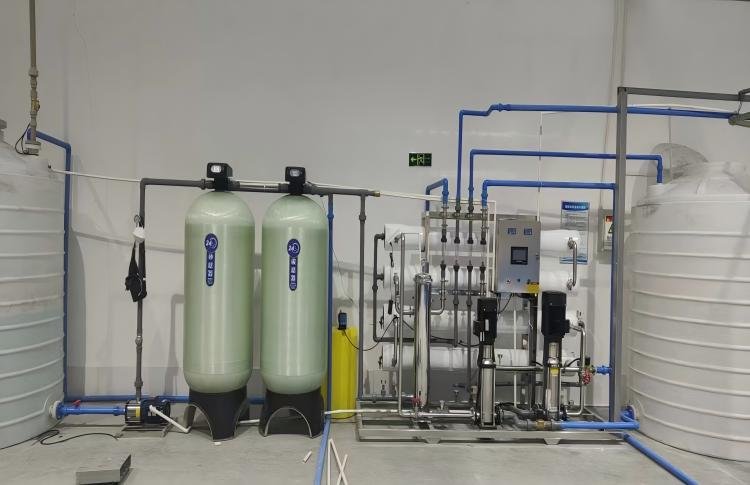When purchasing reverse osmosis (RO) equipment, providing detailed and accurate information is essential to ensure you receive the most suitable solution. This process not only saves time but also helps manufacturers understand your specific needs. Here are the key details you should share during your inquiry.
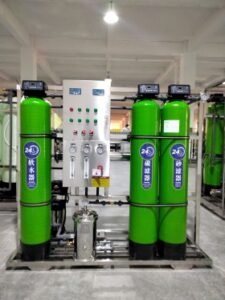
1000L/H reverse osmosis system
1. Purpose of the Equipment
To begin with, explain why you need the RO system. Are you treating drinking water, industrial wastewater, or seawater? The purpose influences the design and components required for the system. For example, treating seawater demands membranes designed to handle high salinity.
2. Source of the Feed Water
Next, provide information about the water source. Is it groundwater, tap water, or seawater? The feed water’s origin affects pre-treatment requirements and system configuration. Additionally, share a water quality analysis report if available. This document should include data on total dissolved solids (TDS), pH, and other key parameters.
| mg/L | ppm CaC03 | meq/L | mg/L | ppm CaC03 | meq/L | |||
| Na: | 786.47 | 34.22 | 34.22 | Cl: | 1213.53 | 1711.08 | 34.22 | |
| Ca: | 0.00 | 0.00 | 0.00 | C03: | 0.00 | 0.00 | 0.00 | |
| Mg: | 0.00 | 0.00 | 0.00 | HCO3: | 0.00 | 0.00 | 0.00 | |
| K: | 0.00 | 0.00 | 0.00 | F: | 0.00 | 0.00 | 0.00 | |
| Ba: | 0.00 | 0.00 | 0.00 | H03: | 0.00 | 0.00 | 0.00 | |
| Sr: | 0.00 | 0.00 | 0.00 | So4: | 0.00 | 0.00 | 0.00 | |
| NH4: | 0.00 | 0.00 | 0.00 | Sio2: | 0.00 | n.a | n.a | |
| B: | n.a | n.a | n.a |
3. Desired Water Quality
You should clearly state the quality of water you expect from the RO system. Mention specific requirements, such as reduced TDS levels or compliance with certain industry standards. For instance, pharmaceutical applications often require ultra-pure water.
4. Daily Water Production Volume
Another crucial detail is the volume of water you need daily. Manufacturers need to design a system capable of meeting your demand efficiently. Providing your peak and average usage helps ensure the system’s capacity matches your requirements.
5. Available Power Supply
Inform the supplier about the power supply at your location. Is it single-phase or three-phase? What voltage is used? Since RO systems rely on electric pumps and controls, compatibility with your power supply is vital.
6. Space Availability
Make sure to describe where the system will be installed. If possible, share dimensions or even photos of the installation site. Limited space might require a more compact design, while larger areas allow for additional components like pre-treatment tanks.
7. Budget Constraints
It is equally important to share your budget expectations early in the process. This helps manufacturers suggest solutions within your price range, balancing cost with performance and durability.
8. Regulatory Requirements
If you need the equipment to meet specific local regulations, make this clear in your inquiry. Compliance with these rules can affect material choices, design, and overall costs.
9. Timeframe for Delivery
Be transparent about your desired timeline. Letting suppliers know your schedule ensures they can meet deadlines or inform you if adjustments are necessary.
10. Additional Features
Finally, specify if you need extra features. For instance, do you require remote monitoring, skid-mounted systems, or special certifications? These details influence the final design.
Smooth Communication Ensures Better Results
In conclusion, providing detailed information during your inquiry ensures that manufacturers can offer tailored solutions. With clear and thorough communication, you will likely avoid misunderstandings and delays. Transitioning from vague inquiries to structured ones can significantly enhance the purchasing experience, benefiting both you and the supplier.
By following these guidelines, you will streamline the process and receive an RO system perfectly suited to your needs.
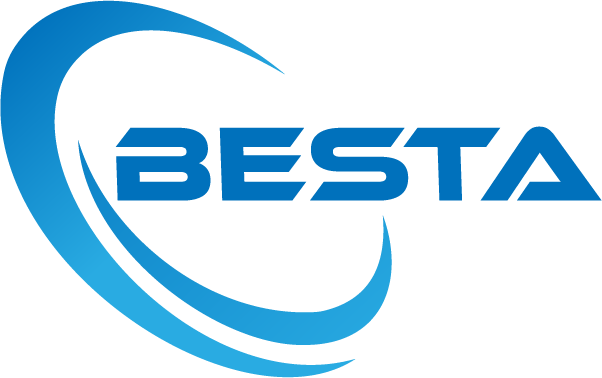
 MBR Membrane
MBR Membrane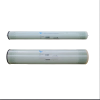 Reverse Osmosis Membrane
Reverse Osmosis Membrane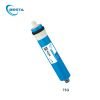 Residential Ro Membrane
Residential Ro Membrane UF Membrane
UF Membrane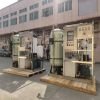 Water Treatment Plant
Water Treatment Plant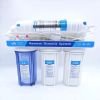 Residential Ro Machine
Residential Ro Machine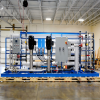 Brackish Ro System
Brackish Ro System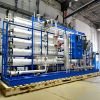 Sea water system/SW RO plant
Sea water system/SW RO plant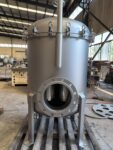 Bag Filter
Bag Filter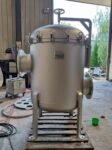 Cartridge Filter
Cartridge Filter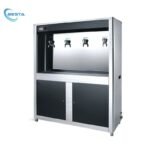 Commercial Water Filtration System
Commercial Water Filtration System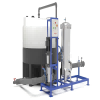 Membrane Cleaning System(CIP)
Membrane Cleaning System(CIP)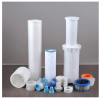 Consumables Accessories
Consumables Accessories